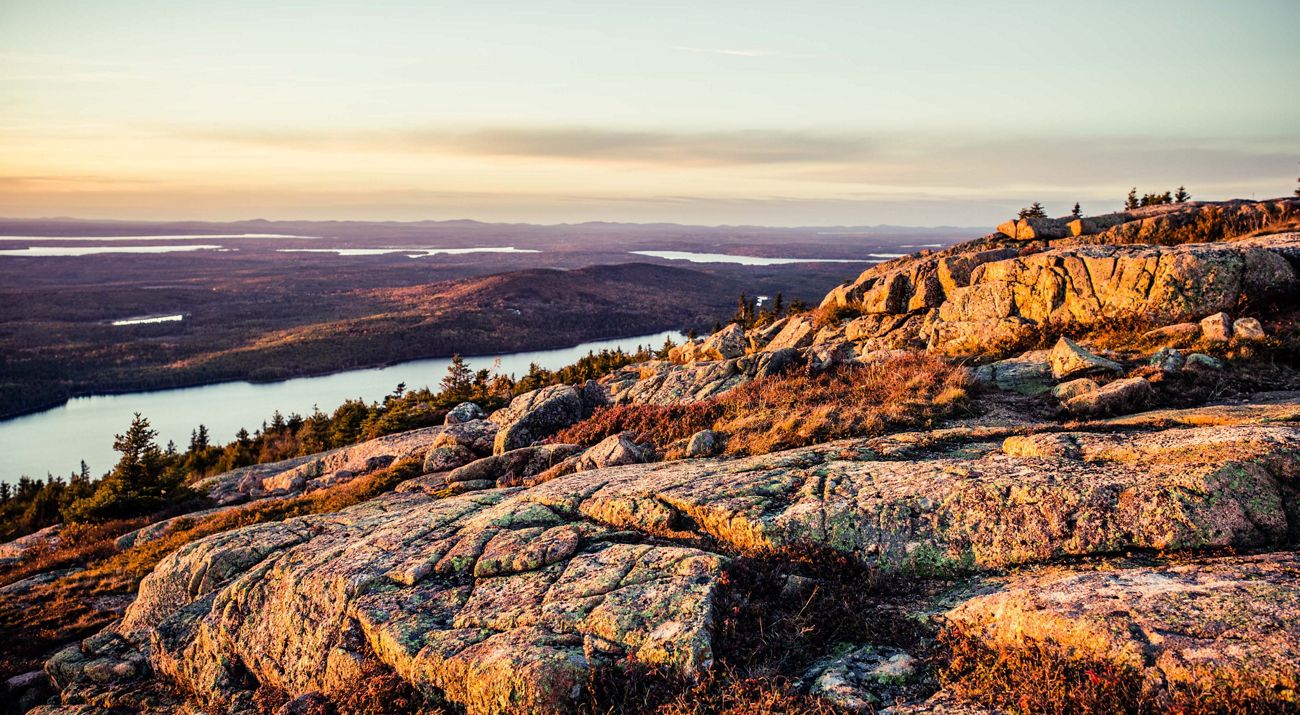The TNC Agility Lab
What if we could revolutionize the way we approach conservation to create better solutions faster?
Today’s global conservation challenges are massive — the stakes are high, and time is short. And while The Nature Conservancy (TNC) is making progress, we’re not working fast enough to meet the exponential environmental challenges we now face. As we enter a period of unprecedented economic uncertainty, we will have fewer resources to advance our mission. We need to work differently.
TNC must embrace new approaches to deliver more impact. Agile approaches have been successfully implemented across tech and business sectors to de-risk projects and build better solutions with fewer resources in less time. It’s time for TNC to utilize these lean methodologies to accelerate conservation.
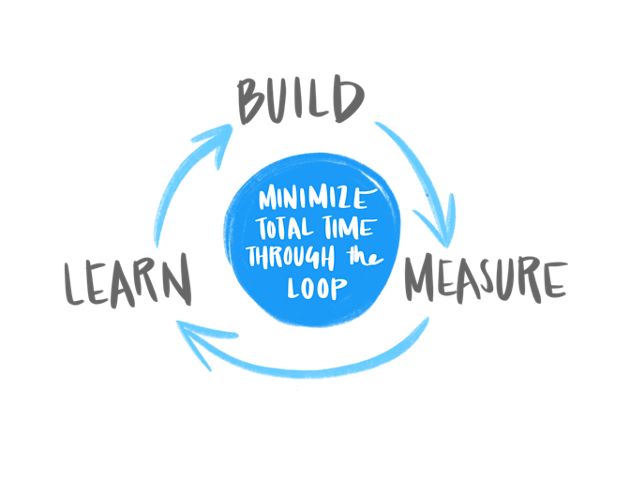
The Agility Lab
TNC recently launched The Agility Lab to modernize the way we approach conservation. The Build Measure Learn framework is the basis for all tools offered in The Agility Lab.
The Agility Lab offers TNC several tools to change the way we do business. The first innovation tool The Agility Lab is offering to help change the way we do conservation, are “Sprints”. The Sprint process brings together small cross-functional TNC teams with a facilitator over three-to-five days to focus on an important challenge using Google Venture’s Sprint methodology.
The Sprint immerses each team in a collaborative, deep-dive experience to design and test ideas. They emerge with a tangible “prototype” developed with real-time stakeholder input, which allows them to refine before further investing time and money to deploy solutions. This process shortcuts months of debate to arrive at higher quality solutions—easier, smarter, faster and cheaper. TNC staff across the globe have already benefited from Sprints.
What is a prototype? In just three-to-five days, Sprint participants design a prototype, which could be anything from a clickable version of a website, a first version of a conservation strategy, or a multi-stakeholder work plan.
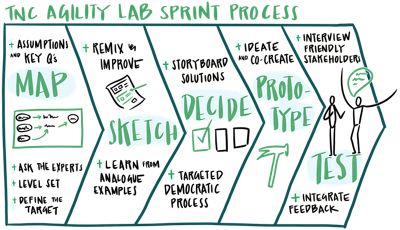
Case Studies
The Agility Lab completed 17 Sprints in the past year, with 13 additional Sprints taking place in the next three months. Demand for Sprints is increasing significantly. Due to Covid-19, Sprints are now virtual, a successful format that has saved additional time and money. Sprints have helped teams advance issues ranging from soil health, water funds, species conservation, indigenous communities and blue bonds for ocean conservation.
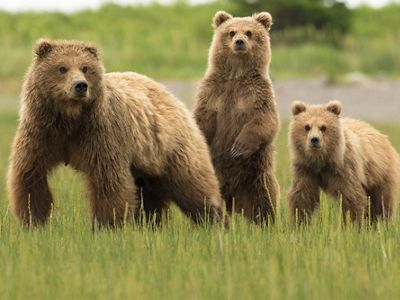
Himalayan Brown Bear Conservation in India
Solidified the strategic plan for protection of the Himalayan Brown Bear and their habitat within India. "In just three days, five partners were able to come together to build the relationships, chemistry and knowledge of the issue and agreed on what we want to do together –and are now already doing it!" –Seema Paul, India Managing Director, TNC
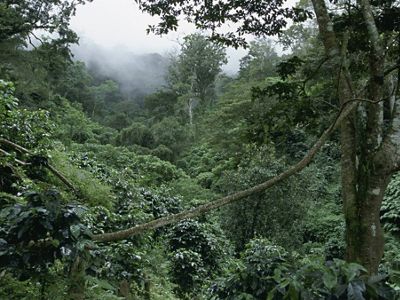
Connecting Nature and Explorers with Explora in Latin America
Kicked off a corporate partnership focused on “DataForest,” a tool that integrates nature and citizen data on Explora properties. "I have never seen a process that in such a short time could make us converge to something so tangible. I think that there is an enormous strategic value in doing a process like this." –Patricio Rojas, Corporate Manager, Explora
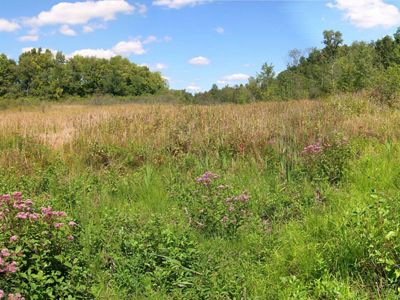
Floodplain Multi-benefit
Created a joint work plan for 2020+ with California Department of Natural Resources and TNC for better floodplain management. "This short, focused process replaces months of early project planning and buy-in. I felt energized by the process and look forward to continuing the work!" –Senior Environmental Scientist, California Department of Fish and Wildlife
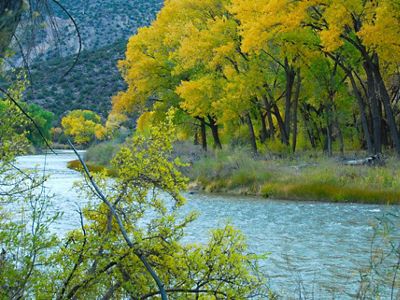
Water Funds ROI Tool
Determine the functionality & visualize the interface for a new technology tool to help scale water funds. "I have never been in a process in the Nature Conservancy where we made so much progress in 2.5 days! This would have normally been 6 months of emails, zoom calls, etc etc." –Andrea Erickson, Deputy Director, Food and Water Security, TNC
How You Can Get Involved
Interested in learning more or doing a project with our team?
